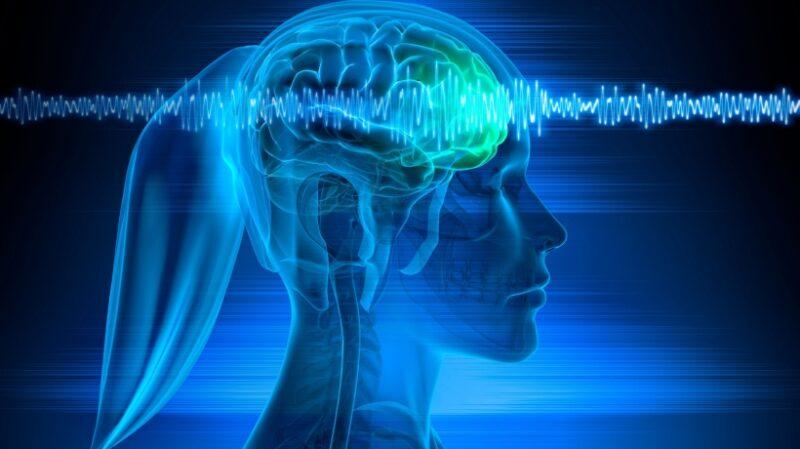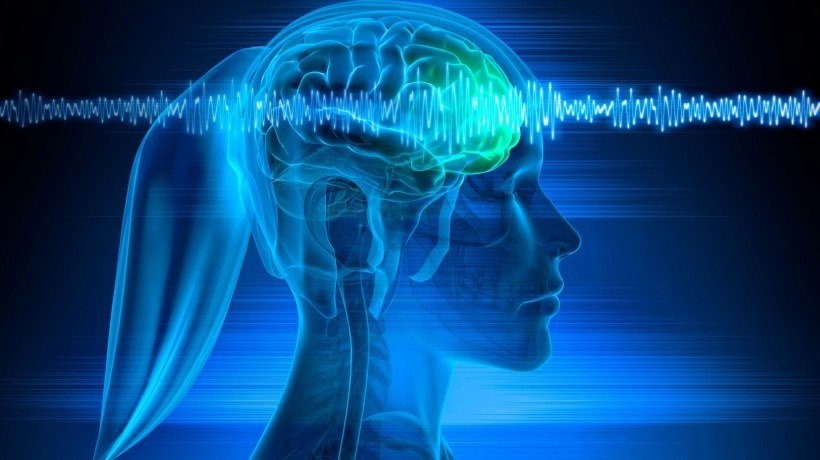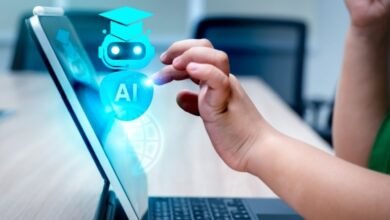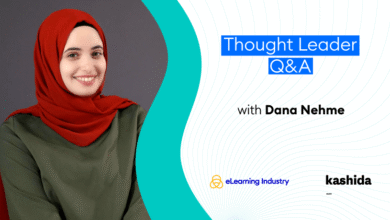
The Hidden Challenges Of Neuroadaptive Learning
Education is undergoing some major changes. With tools like neuroadaptive learning and Brain-Computer Interfaces (BCIs) becoming more common, classrooms are changing. They have the potential to feature learning systems that know when students lose focus or find something too hard, and adjust instantly to help them stay engaged. However, this change brings important questions, as neuroadaptive learning comes with its own challenges.
Neuroadaptive learning aims to create systems that react to our thoughts and feelings. Tools like sensors or wearables can detect brain signals, such as attention, stress, or tiredness, and adapt the learning material. For instance, if a student starts to lose attention, the lesson might slow down or get simpler to help keep them focused. BCIs help make this possible by connecting the brain to technology and turning brain activity into signals that computers can read. This brings us closer to personalized education, where learning happens based on our minds.
However, this raises questions. The same technology that tracks attention can also track emotions, effort, and stress. Who owns this data? How should it be protected? What if it gets misused? There are also ethical concerns. Should we measure a student’s brain activity to see how well they are learning? Could this tracking make students feel anxious or judged? Below, we’ll examine all the challenges that come with neuroadaptive learning, and see how we can mitigate them.
5+1 Things To Keep An Eye Out For When Using Neuroadaptive Learning
1. Data Privacy And Security
When it comes to the challenges of neuroadaptive learning, a major concern is what happens to the brain data that is collected. Unlike regular information, brainwave signals reveal extremely personal details, such as attention levels, emotions, stress, or fatigue. That’s why brain data is among the most sensitive types of information. In case of unauthorized access or hacking, there’s a high risk of exposing private neural patterns. Also, companies might misuse this data, like using it to target ads or make assumptions about a person’s skills or personality. Another big question is who owns the data. Is it the learner, the school, or the tech company? Therefore, schools and organizations must keep this data secure and only use it for educational purposes.
Solution
To avoid the risks, strong encryption and anonymization are essential. These measures will make it hard for anyone to identify individuals from this data. Clear consent is also important, as learners should understand what data is collected, why, and how it will be used. Lastly, you need strong regulations and global protection standards.
2. Ethical Boundaries
When we talk about neuroadaptive learning, the main issue is how we use it. These systems can track brain activity to see if a learner is focused, relaxed, or stressed, and then change lessons in real time. This sounds great, but it also raises some ethical concerns. If a platform can detect your emotions, is it helping or influencing? For example, if the system notices you’re losing focus and adjusts the content to engage you again, that’s helpful. But what if it starts pushing your emotions or rewarding specific reactions to keep you productive? This raises questions about control. Are learners still in charge of their education, or are algorithms guiding them without their knowledge? Education should empower students to think freely, not manipulate their brains.
Solution
So, what can we do? First, we need transparency and accountability. Learners and educators should understand how a system works, what data it collects, and how it adapts. Additionally, developers must create ethical guidelines to prevent manipulation or emotional exploitation.
3. Psychological Safety
The hidden challenges of neuroadaptive learning and brain-computer interfaces include the psychological aspect, too. When students know that their focus, feelings, or stress levels are being tracked in real time, it can create pressure instead of comfort. Imagine being in class while a device checks whether you’re paying attention or feeling overwhelmed. This can lead students to feel self-conscious or stressed about their performance instead of engaging in learning. Psychological safety is very important for learning. Students need to feel they can make mistakes, lose their attention for a moment, or ask questions without worrying that their data will show too much. When students worry about being analyzed, it doesn’t help them grow.
Solution
The solution lies in transparency and trust. Teachers and developers should explain what data is being collected, why it’s needed, and how it will be used. Students should have the choice to agree or disagree with certain features, too. There should also be clear guidelines about how brain data should never be used for grading, punishment, or competition.
4. Accessibility
One of the biggest challenges with neuroadaptive learning and Brain-Computer Interfaces is making them accessible. These technologies can be very expensive, and schools often cannot afford them. Devices that measure brain activity, adaptive learning software, and the hardware needed to support them can cost thousands of dollars. This is especially hard for underfunded schools in rural or developing areas. In addition to cost, there is also the issue of infrastructure. Neuroadaptive tools need fast internet connections, updated computers, and trained teachers who know how to use the technology effectively.
Solution
To prevent this, collaboration is essential. Public-private partnerships could help make neuroadaptive tools more affordable and accessible. Moreover, inclusive funding initiatives, supported by governments and international organizations, could ensure that all students benefit from these advancements, not just a few.
5. Reliability And Interpretation Challenges
Reliability is an important issue when it comes to neuroadaptive learning. Brain data can be confusing because our thoughts, emotions, and focus change all the time. Factors like fatigue, stress, or even background noise can affect the readings. So, when a system tries to interpret this data, it might not always be accurate. For example, a student who is focused might seem disengaged based on their brain activity, while someone who is uninterested could look calm and attentive. This misinterpretation can be risky if decisions are based solely on the data, as the system can wrongly change the pace of a lesson. That’s why teachers should be involved in the process instead of relying completely on what the system says.
Solution
The best way to approach this is to find a balance between AI, brain data, and human judgment. Brain data should support teachers’ observations, not replace them. When brain data and what teachers notice are combined thoughtfully, these insights can create a better understanding of how students are really engaging.
6. Governance Issues
When we talk about neuroadaptive learning, one of the biggest challenges is the lack of rules for using it. Right now, there are very few global standards or laws that specifically cover neurotechnology in education. While data privacy laws like GDPR protect some areas, they don’t fully address brain data, which is very personal. That’s why strong governance is crucial. We need clear ethical guidelines that explain how brain data is collected, stored, and used, especially when AI systems interpret it. Most importantly, students should always know what is being monitored and have full control over their data.
Solution
This issue requires teamwork to be solved. Neuroscientists who understand the brain, ethicists who deal with moral issues, educators who work in the classroom, and lawmakers who can create policies must work together to develop frameworks that keep people safe.
Conclusion
The key to neuroadaptive learning lies in responsibility. We must prioritize transparency, accountability, and, most importantly, human oversight to guide how this technology is used. Educators will play a crucial role in helping students benefit from these tools while maintaining the human connection that makes learning meaningful. Those who are in key positions must ensure that neuroadaptive learning develops safely, ethically, and inclusively. Ultimately, the true success of this technology will not be measured by how far it’s come, but by how wisely people use it to shape the future of education.
Source link




